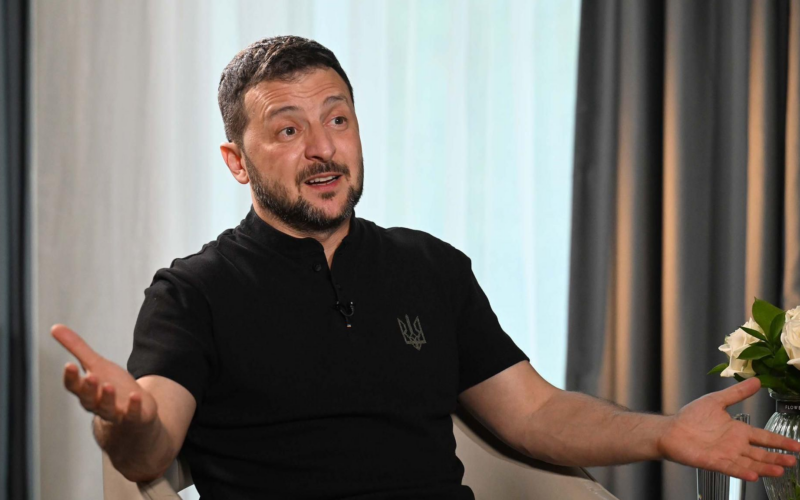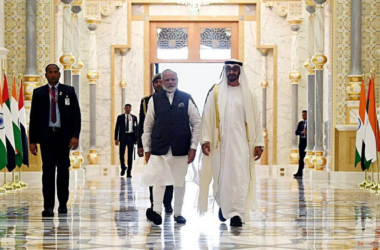Ukraine announced on Monday that it has reached a preliminary agreement with a group of creditors to restructure $20 billion of international bonds. This marks a significant step toward an unprecedented debt rework for the nation at war, coming just over a week before a 2-year debt suspension agreement from 2022 is set to expire.
The agreement, endorsed by the International Monetary Fund (IMF) and official lenders, including the Group of Creditors of Ukraine, aims to stabilize Ukraine’s budget and ensure sufficient resources for the military.
“After months of engagement and hard work with our private bondholders, the IMF, and our bilateral partners, we have reached an agreement in principle with the Ad Hoc Creditor Committee on the comprehensive restructuring of our public external debt,” Finance Minister Serhiy Marchenko stated. He emphasized that this step is crucial for maintaining budget stability and financing the war effort.
Key Points of the Agreement:
Haircut on Bonds: The proposal includes a 37% nominal haircut on Ukraine’s outstanding international bonds, translating to $11.4 billion in cash flow relief over the next three years. This period aligns with the duration of Ukraine’s IMF program, which expires in 2027.
New Bonds: The restructuring plan involves issuing two series of new bonds. The first series, constituting 40% of the outstanding claims, will start paying interest next year, with maturities ranging from 2029 to 2036. The second series, making up 23% of the claims, is set to mature between 2030 and 2036 and will begin paying interest in 2027, contingent on Ukraine’s economic performance in 2028.
Support from Bondholders: The Ad Hoc Creditor Committee, which holds 22% of Ukraine’s sovereign bonds, described the agreement as “swift and constructive.” They expressed their commitment to providing significant debt relief, aiding Ukraine’s efforts to regain access to international capital markets, and supporting the country’s future reconstruction.
State-Owned Firms’ Bonds: Bonds issued by the state agency Ukravtodor will receive the same treatment as sovereign bonds. However, there was no mention of bonds issued by power grid operator Ukrenergo.
GDP Warrants: The deal removes cross-default clauses between the bonds and Ukraine’s $2.6 billion GDP warrants, ensuring fair treatment for warrant holders in any future liability management.
Market Reaction:
Following the announcement, Ukraine’s dollar bonds rallied, with the 2034 maturity trading at 29.69 cents on the dollar by early morning in London.
Challenges and Future Steps:
Interest payments were a contentious issue during negotiations, as international partners like the Group of Seven and the IMF resisted large payments to private lenders amid strained government finances. A source close to the deal noted that Ukraine’s payments to bondholders under the new agreement would be less than $200 million through the end of 2025.
Prime Minister Denys Shmyhal highlighted the deal’s importance for freeing up resources for defense, social protection, and recovery efforts. As Ukraine navigates ongoing conflicts and economic challenges, this debt restructuring agreement marks a pivotal moment in its financial strategy.
The preliminary deal to restructure $20 billion in debt is a critical development for Ukraine, aiming to stabilize its economy and ensure necessary funding for its military. With support from major international lenders and private bondholders, Ukraine is positioned to manage its financial obligations while focusing on urgent national priorities. As the debt suspension agreement nears its end, the final approval of this restructuring plan will be essential for Ukraine’s economic recovery.








